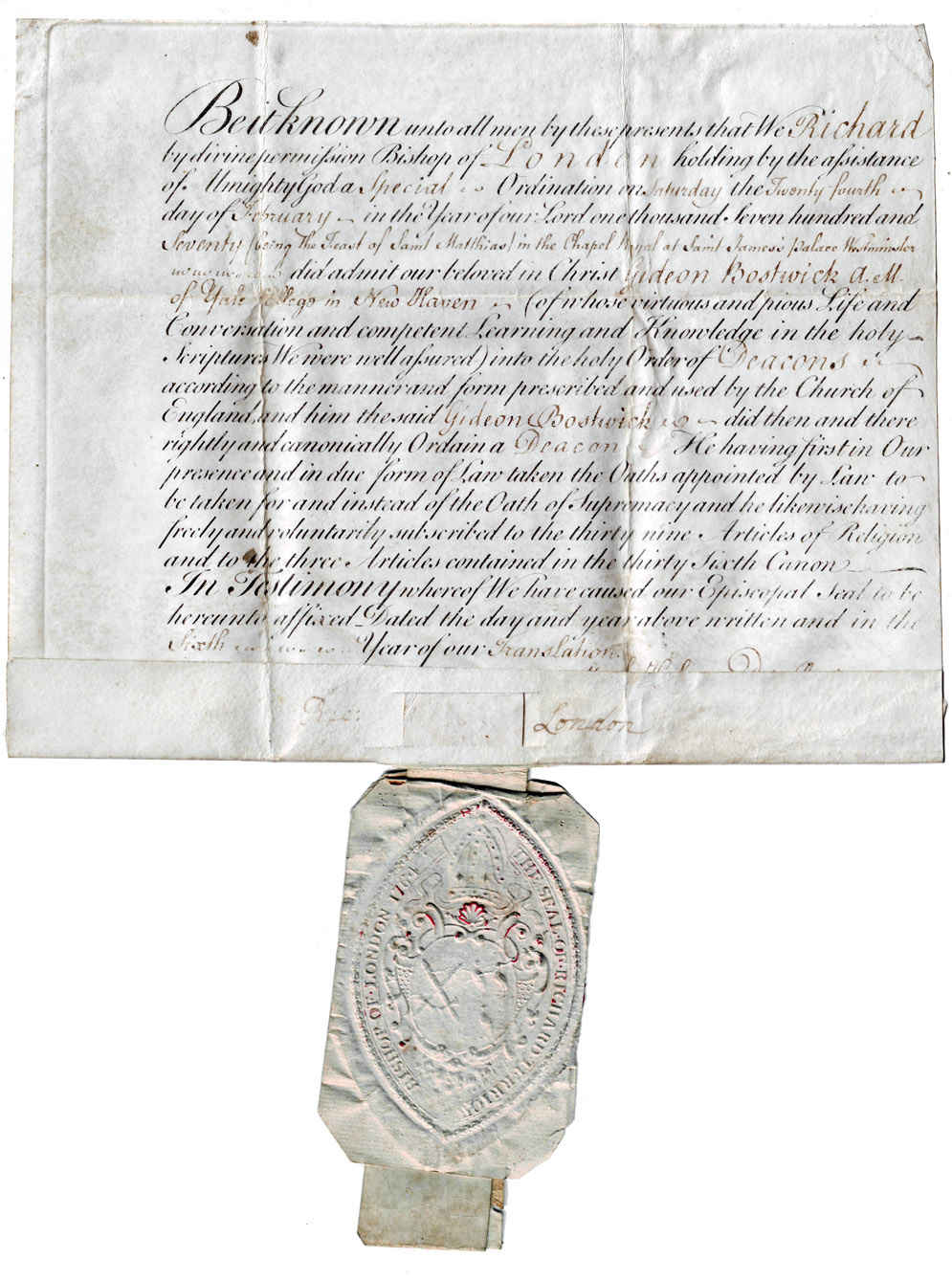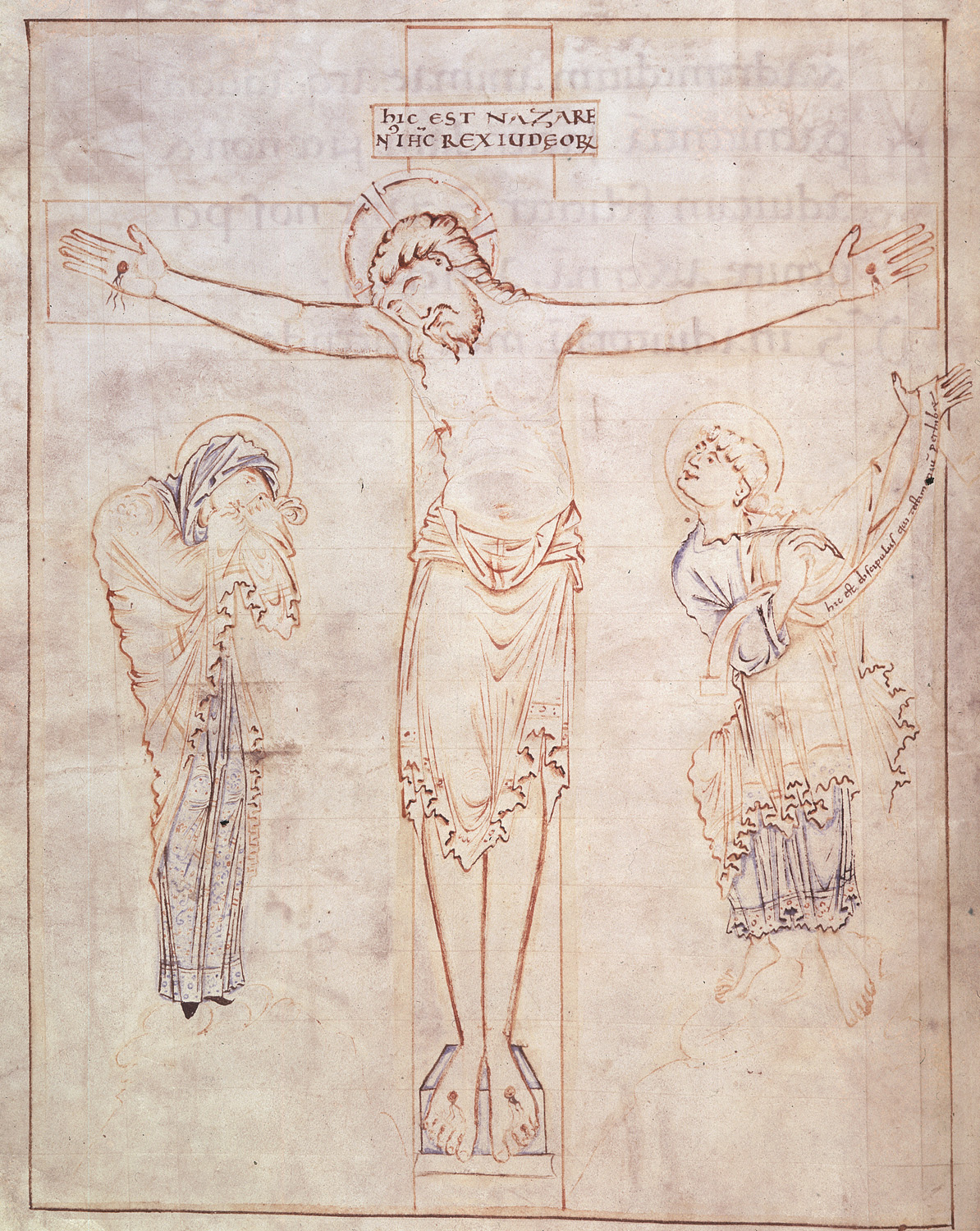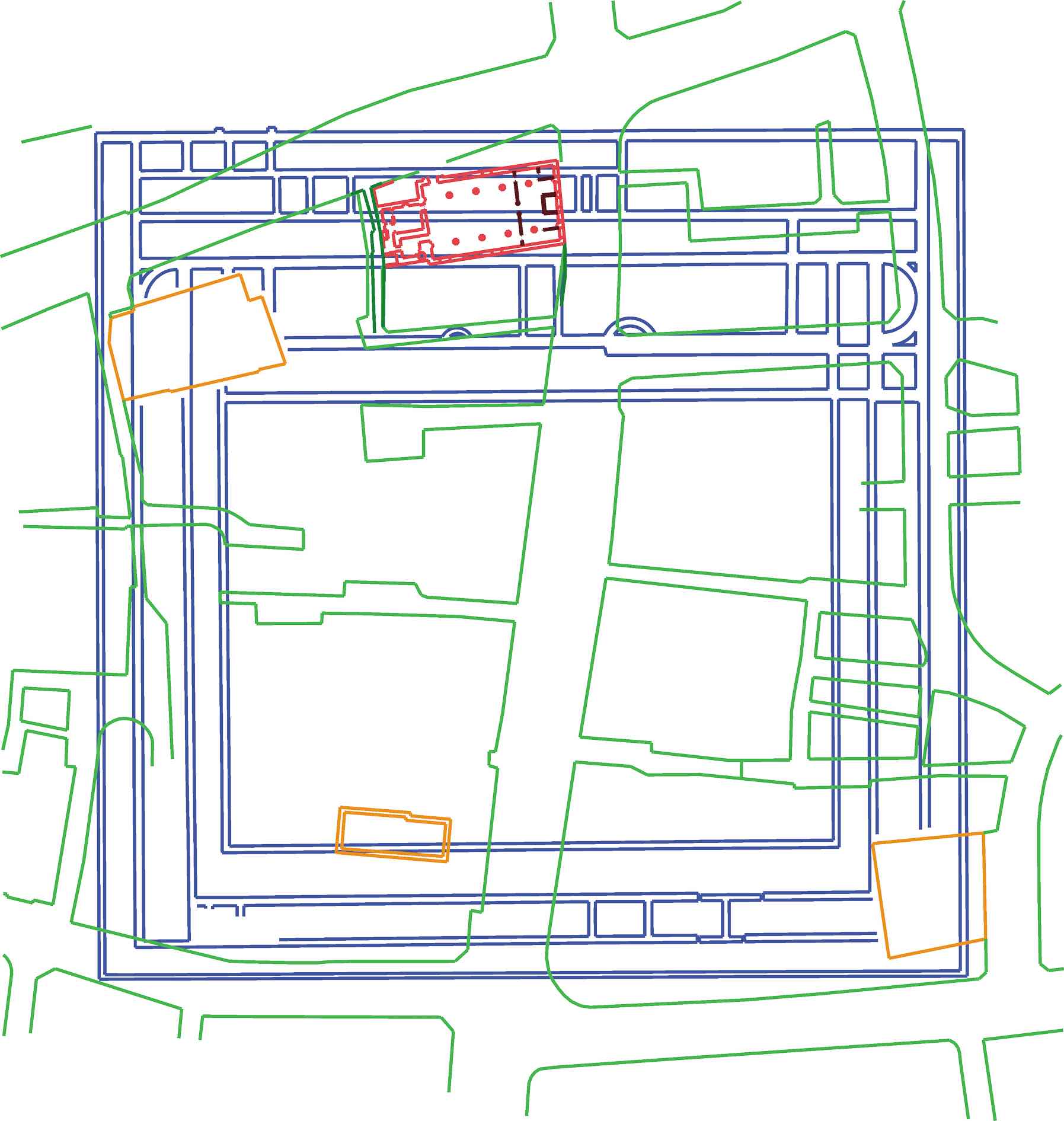|
Ælfweard Of London
__NOTOC__ Ælfweard (died 1044) was a medieval Bishop of London. A monk from Ramsey Abbey in Huntingdonshire who became the Abbot of Evesham in 1014, Ælfweard became Bishop of London but retained Evesham.Wardle ''Heroes & Villains of Worcestershire'' p. 10 He was consecrated in 1035, but when he developed leprosy Leprosy, also known as Hansen's disease (HD), is a Chronic condition, long-term infection by the bacteria ''Mycobacterium leprae'' or ''Mycobacterium lepromatosis''. Infection can lead to damage of the Peripheral nervous system, nerves, respir ... he was expelled from Evesham and he returned to Ramsey. He died on either 25 or 27 July 1044.Fryde, et al. ''Handbook of British Chronology'' p. 220 Citations References * * External links * Bishops of London 1044 deaths Year of birth unknown 11th-century English Roman Catholic bishops {{England-bishop-stub ... [...More Info...] [...Related Items...] OR: [Wikipedia] [Google] [Baidu] |
Bishop Of London
The bishop of London is the Ordinary (church officer), ordinary of the Church of England's Diocese of London in the Province of Canterbury. By custom the Bishop is also Dean of the Chapel Royal since 1723. The diocese covers of 17 boroughs of Greater London north of the Thames, River Thames (historically the City of London and the County of Middlesex) and a small part of the County of Surrey (the district of Borough of Spelthorne, Spelthorne, historically part of Middlesex). The Episcopal see, see is in the City of London, where the seat is St Paul's Cathedral, which was founded as a cathedral in 604 and was rebuilt from 1675 following the Great Fire of London (1666). Third in seniority in the Church of England after the archbishops of Archbishop of Canterbury, Canterbury and Archbishop of York, York, the bishop is one of five senior bishops who sit as of right as one of the 26 Lords Spiritual in the House of Lords (for the remaining diocesan bishops of lesser rank, seats are ... [...More Info...] [...Related Items...] OR: [Wikipedia] [Google] [Baidu] |
Ælfwig
__NOTOC__ Ælfwig (died ) was a medieval Bishop of London The bishop of London is the Ordinary (church officer), ordinary of the Church of England's Diocese of London in the Province of Canterbury. By custom the Bishop is also Dean of the Chapel Royal since 1723. The diocese covers of 17 boroughs o .... Ælfwig was consecrated on 16 February 1014 and acceded to the bishopric some time between 1015 and 1018. He died about 1035.Fryde, et al. ''Handbook of British Chronology'', p. 220. Citations References * External links * Bishops of London 1030s deaths Year of birth unknown 11th-century English Roman Catholic bishops {{England-bishop-stub ... [...More Info...] [...Related Items...] OR: [Wikipedia] [Google] [Baidu] |
Robert Of Jumi├©ges
The name Robert is an ancient Germanic given name, from Proto-Germanic "fame" and "bright" (''Hr┼Ź├Šiberhtaz''). Compare Old Dutch ''Robrecht'' and Old High German ''Hrodebert'' (a compound of '' Hruod'' () "fame, glory, honour, praise, renown, godlike" and ''berht'' "bright, light, shining"). It is the second most frequently used given name of ancient Germanic origin.Reaney & Wilson, 1997. ''Dictionary of English Surnames''. Oxford University Press. It is also in use as a surname. Another commonly used form of the name is Rupert. After becoming widely used in Continental Europe, the name entered England in its Old French form ''Robert'', where an Old English cognate form (''Hr─ōodb─ōorht'', ''Hrodberht'', ''Hr─ōodb─ōor├░'', ''Hr┼ōdb┼ōr├░'', ''Hr┼ōdber├░'', ''Hr┼Ź├░berŽćt┼Ģ'') had existed before the Norman Conquest. The feminine version is Roberta. The Italian, Portuguese, and Spanish form is Roberto. Robert is also a common name in many Germanic languages, including En ... [...More Info...] [...Related Items...] OR: [Wikipedia] [Google] [Baidu] |
Ramsey Abbey
Ramsey Abbey was a Order of Saint Benedict, Benedictine abbey in Ramsey, Cambridgeshire, Ramsey, Huntingdonshire (now part of Cambridgeshire), England. It was founded about AD 969 and Dissolution of the Monasteries, dissolved in 1539. The site of the abbey in Ramsey is now a scheduled monument. Most of the abbey's buildings were demolished after the dissolution but surviving structures are Listed building#Categories of listed building, Grade I and Grade II* listed buildings. Ramsey Abbey Gatehouse is in the care of the National Trust for Places of Historic Interest or Natural Beauty, National Trust and the Church of St Thomas ├Ā Becket, Ramsey was one of the buildings of the abbey. The Abbey Ramsey Abbey was founded in 969 by Oswald of Worcester, Oswald, Bishop of Worcester on land donated by ├åthelwine, Ealdorman of East Anglia (Earl Ailwyn), where he had already built a wooden chapel for three monks. The foundation was part of the mid-10th-century English Benedictine reform, i ... [...More Info...] [...Related Items...] OR: [Wikipedia] [Google] [Baidu] |
Huntingdonshire
Huntingdonshire (; abbreviated Hunts) is a local government district in Cambridgeshire, England, which was historically a county in its own right. It borders Peterborough to the north, Fenland to the north-east, East Cambridgeshire to the east, South Cambridgeshire to the south-east, Central Bedfordshire and Bedford to the south-west, and North Northamptonshire to the west. Huntingdonshire, along with Peterborough, Fenland and East Cambridgeshire, serves as the area of land between The Midlands and East Anglia and is often considered to carry a mixed identity for this reason. It is also sometimes considered an informal county. The district had a population of 180,800 at the 2021 census, and has an area of . After St Neots (33,410), the largest towns are Huntingdon (25,428), St Ives, Cambridgeshire, St Ives (16,815), and Yaxley, Cambridgeshire, Yaxley (9,174 in 2011). The district council is based in Huntingdon. Huntingdonshire's boundaries were established in the Ang ... [...More Info...] [...Related Items...] OR: [Wikipedia] [Google] [Baidu] |
Abbot Of Evesham
The Abbot of Evesham was the head of Evesham Abbey, a Benedictine monastery in Worcestershire founded in the Anglo-Saxon era of English history. The succession continued until the dissolution of the monastery in 1540. List Notes References * * * * {{short description, List of medieval abbots of Evesham Abbey in England * Evesham Evesham () is a market town and Civil parishes in England, parish in the Wychavon district of Worcestershire, in the West Midlands (region), West Midlands region of England. It is located roughly equidistant between Worcester, England, Worceste ... Abbot of Evesham Evesham Abbey ... [...More Info...] [...Related Items...] OR: [Wikipedia] [Google] [Baidu] |
Leprosy
Leprosy, also known as Hansen's disease (HD), is a Chronic condition, long-term infection by the bacteria ''Mycobacterium leprae'' or ''Mycobacterium lepromatosis''. Infection can lead to damage of the Peripheral nervous system, nerves, respiratory tract, skin, and eyes. This nerve damage may result in a lack of ability to feel pain, which can lead to the loss of parts of a person's Appendicular skeleton, extremities from repeated injuries or infection through unnoticed wounds. An infected person may also experience muscle weakness and poor eyesight. Leprosy symptoms may begin within one year, but for some people symptoms may take 20 years or more to occur. Leprosy is spread between people, although extensive contact is necessary. Leprosy has a low pathogenicity, and 95% of people who contract or who are exposed to ''M. leprae'' do not develop the disease. Spread is likely through a cough or contact with fluid from the nose of a person infected by leprosy. Genetic factors and i ... [...More Info...] [...Related Items...] OR: [Wikipedia] [Google] [Baidu] |
Christianity
Christianity is an Abrahamic monotheistic religion, which states that Jesus in Christianity, Jesus is the Son of God (Christianity), Son of God and Resurrection of Jesus, rose from the dead after his Crucifixion of Jesus, crucifixion, whose coming as the Messiah#Christianity, messiah (Christ (title), Christ) was Old Testament messianic prophecies quoted in the New Testament, prophesied in the Old Testament and chronicled in the New Testament. It is the Major religious groups, world's largest and most widespread religion with over 2.3 billion followers, comprising around 28.8% of the world population. Its adherents, known as Christians, are estimated to make up a majority of the population in Christianity by country, 157 countries and territories. Christianity remains Christian culture, culturally diverse in its Western Christianity, Western and Eastern Christianity, Eastern branches, and doctrinally diverse concerning Justification (theology), justification and the natur ... [...More Info...] [...Related Items...] OR: [Wikipedia] [Google] [Baidu] |
Æthelwine Of Wells
__NOTOC__ Æthelwine (or Ethelwine or Aethelwine) was an Anglo-Saxon Bishop of Wells The Bishop of Bath and Wells heads the Church of England Diocese of Bath and Wells in the Province of Canterbury in England. The present diocese covers the overwhelmingly greater part of the (ceremonial) county of Somerset and a small area of Do .... He was consecrated in 1013, and was expelled to make way for Brihtwine, but was restored and then once more expelled. He died possibly around 1027.Fryde, et al. ''Handbook of British Chronology'' p. 222 Citations References * Further reading * External links * Bishops of Wells 1020s deaths Year of birth unknown Place of birth unknown Date of death unknown Place of death unknown 11th-century English Roman Catholic bishops {{England-bishop-stub ... [...More Info...] [...Related Items...] OR: [Wikipedia] [Google] [Baidu] |
Mannig
Mannig or Manni, also called Wulfm├”r, (died 6 January 1066) was an English monk and artist who became Abbot of Evesham in 1044. After suffering from paralysis, he resigned in 1058. Early career Since he had both a Danish (Manni) and an English name (Wulfm├”r), Mannig is likely to have been of mixed ancestry. According to the ''Chronicon Abbatiae de Evesham'', he was a skilled singer, writer, painter and goldsmith. He was a monk in Evesham Abbey at the time of Abbot ├ålfweard. During that period, Evesham became a production center for illuminated manuscripts under the supervision of Mannig. He also directed the making of a new shrine out of silver and gold to house the relics of Ecgwine, the founder of the abbey. The translation of the relics took place on 10 September 1040. Abbot His election took place less than three weeks after the death of ├ålfweard, a short delay which suggests he had already been designated as his successor. He was consecrated on 10 August 1044, after ... [...More Info...] [...Related Items...] OR: [Wikipedia] [Google] [Baidu] |
Bishops Of London
The bishop of London is the ordinary of the Church of England's Diocese of London in the Province of Canterbury. By custom the Bishop is also Dean of the Chapel Royal since 1723. The diocese covers of 17 boroughs of Greater London north of the River Thames (historically the City of London and the County of Middlesex) and a small part of the County of Surrey (the district of Spelthorne, historically part of Middlesex). The see is in the City of London, where the seat is St Paul's Cathedral, which was founded as a cathedral in 604 and was rebuilt from 1675 following the Great Fire of London (1666). Third in seniority in the Church of England after the archbishops of Canterbury and York, the bishop is one of five senior bishops who sit as of right as one of the 26 Lords Spiritual in the House of Lords (for the remaining diocesan bishops of lesser rank, seats are attained upon vacancy, determined by chronological seniority). The other four senior bishops are the archbishop of ... [...More Info...] [...Related Items...] OR: [Wikipedia] [Google] [Baidu] |
1044 Deaths
Year 1044 ( MXLIV) was a leap year starting on Sunday of the Julian calendar. Events By place Europe * July 6 – Battle of M├®nf┼æ: German troops under King Henry III ("the Black") defeat the Hungarian army, led by King Samuel Aba, who flees the field but is captured and killed. Peter Orseolo ("the Venetian") becomes (for the second time) king of Hungary, and a vassal of the Holy Roman Empire. * Summer – Geoffrey II ("the Hammer"), count of Anjou, captures the city of Tours, and takes control of the county of Touraine. Asia * The Chinese military treatise of the ''Wujing Zongyao'' is written and compiled by scholars Zeng Gongliang (µøŠÕģ¼õ║«), Ding Du (õĖüÕ║”), and Yang Weide (µźŖµā¤ÕŠĘ), during the Song dynasty. It is the first book in history to include formulas for gunpowder, and its use for various bombs (thrown by sling or trebuchet catapult). It also describes the double-piston pump flamethrower and a thermoremanence compass, a few decades be ... [...More Info...] [...Related Items...] OR: [Wikipedia] [Google] [Baidu] |





